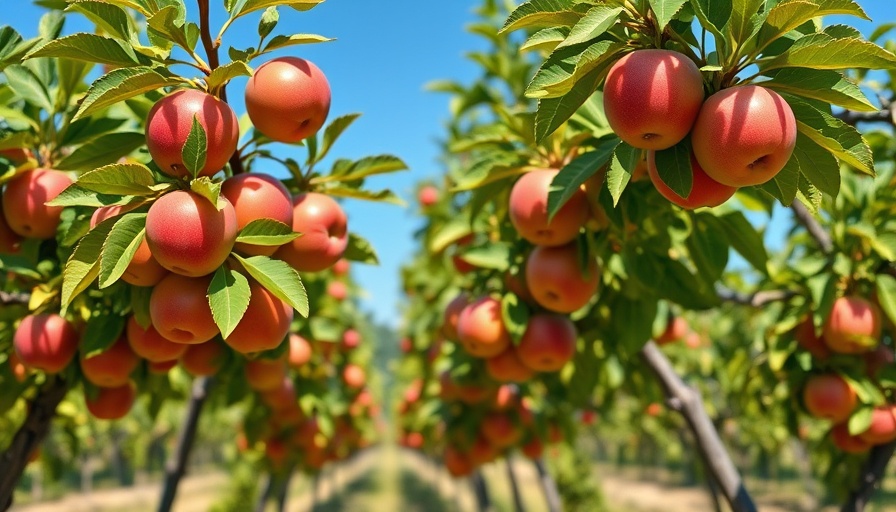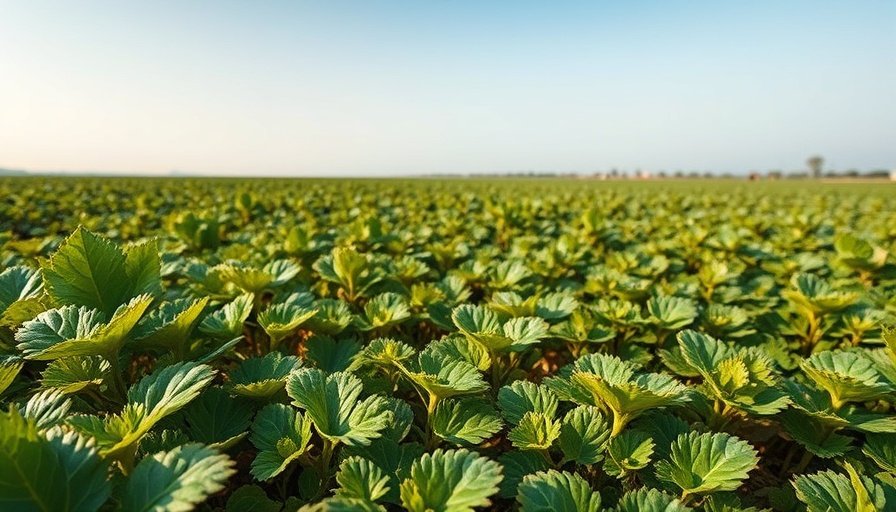
Paprikaleveranciers Staan Voor Een Onverwachte Uitdaging
Paprikatelers in Nederland worden geconfronteerd met een verontrustende trend: plotseling verwelkende planten. Dit fenomeen roept vragen op, vooral nu het niet eenvoudig blijkt om de oorzaak vast te stellen. Onderzoek door Normec Groen Agro Control had eerder gesuggereerd dat de ziekteverwekkende schimmel Fusarium oxysporum (Forc) de schuldige kon zijn, maar nieuwe bevindingen uit een door Glastuinbouw Nederland geïnitieerd monitoringsonderzoek bieden andere inzichten.
Verwarring Rond Fusarium Oxysporum
Vorige jaar leidde de situatie tot veel discussie onder telers. Er was geen duidelijk onderscheid tussen de ziekteverwekkende en niet-ziekteverwekkende vormen van fusarium, wat leidde tot onzekerheid bij de telers over de bron van het probleem. De recent uitgevoerde qPCR-test toonde geenszins de aanwezigheid van Forc aan bij zes paprikabedrijven met verwelking, waarop telers hun focus moesten herzien.
Combinatie van Factoren als Oorzaak
Volgens Glastuinbouw Nederland suggereert het onderzoek dat de oorzaak van de verwelking mogelijk te wijten is aan een combinatie van factoren in het wortelmilieu. Slechte wortelkwaliteit en hoge bacterieaantallen in de stam en stengel van de plant kunnen aan de basis liggen van dit probleem. Het valt bovendien op dat de verwelking voornamelijk optreedt aan het einde van druppelslangen, waar een lage zuurstofconcentratie aanwezig is. Dit zijn belangrijke aanwijzingen die telers kunnen helpen bij het identificeren van oplossingen.
Impact op de Paprikamarkt
De gevolgen van deze verwelking zijn niet te onderschatten. De gezondheidsproblemen van paprikaplanten kunnen leiden tot een lagere opbrengst en zelfs mogelijke economische verliezen voor telers. De paprikamarkt is immers al kwetsbaar, en elk probleem dat de productiecapaciteit reduceert, heeft impact op de beschikbaarheid en prijzen.
Praktische Insights voor Telers
Voor telers is het van cruciaal belang om een goed begrip te krijgen van hun systemen en om preventieve maatregelen te nemen. Dit kan bestaan uit het verbeteren van de wortelkwaliteit, het reduceren van bacteriële aantallen via hygiënische maatregelen, en het optimaliseren van irrigatiemethoden om zuurstofgebrek te voorkomen.
Opleiding en Ondersteuning Beschikbaar
In dit kader biedt Glastuinbouw Nederland ondersteuning door middel van kennisuitwisseling en monitoring. Telers worden aangemoedigd om deel te nemen aan deze programma's om samen oplossingen te vinden. Door continu overleg en samenwerking op te zoeken, kunnen telers niet alleen deze problemen aanpakken, maar ook hun werkwijzen verbeteren voor de toekomst.
Call to Action voor Paprikatelers
Als paprikateler is het tijd om actie te ondernemen. Neem contact op met Glastuinbouw Nederland of sluit je aan bij het monitoringsonderzoek. Door kennis te delen en samen te werken, kunnen we deze plotselinge verwelking het hoofd bieden en de toekomst van onze teelt veiligstellen.
 Rij toevoegen
Rij toevoegen






Write A Comment